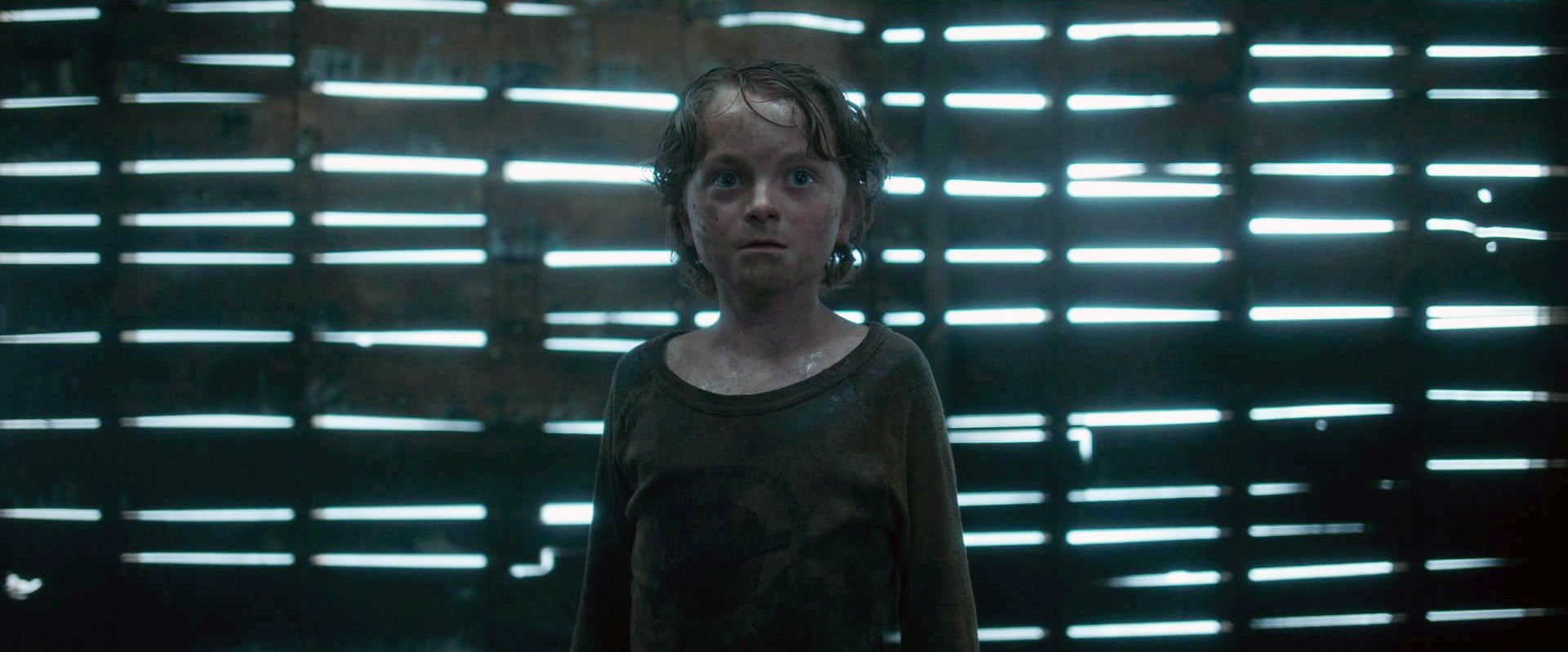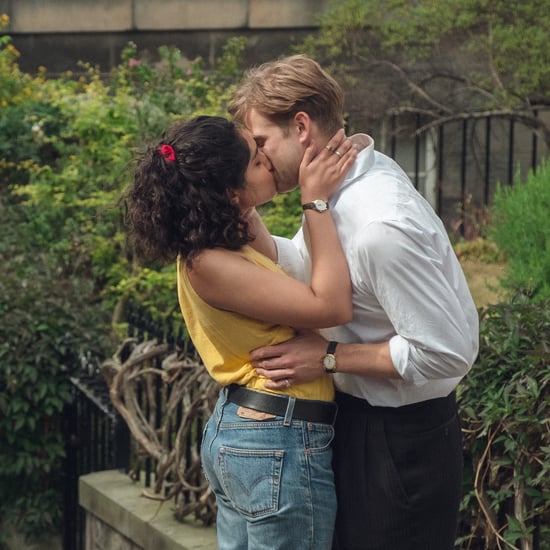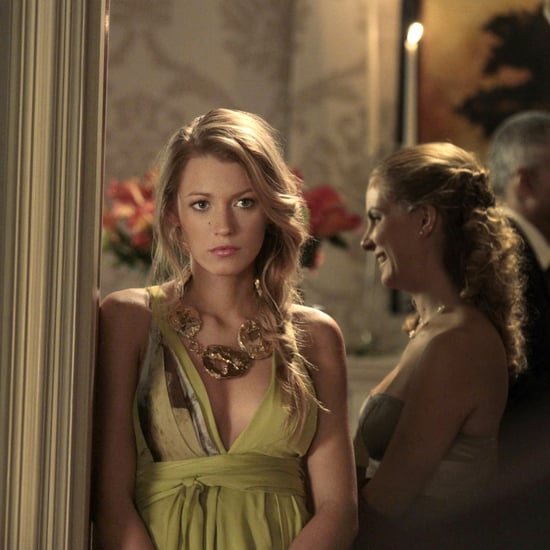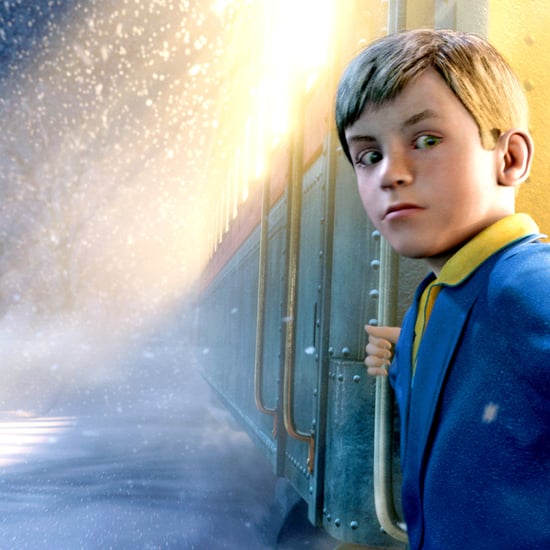In the Tall Grass's Confusing Ending — Explained
In the Tall Grass: Making Sense of That Wildly Confusing Ending

So, if your experience was anything like mine while watching the new Netflix film In the Tall Grass, the one hundred minutes that passed by may have been one hay fever dream. Based on Stephen King and Joe Hill's novella of the same name, the movie adaptation is a smorgasbord of time loops revolving around a creepy rock in a corpse-filled field of tall grass. It takes a minute to wrap your head around In the Tall Grass's wild ending, so here's a breakdown of what it all really means.
The Premise
The movie ends at its beginning. At the start, two siblings, Cal and Becky, are driving to San Diego so that the latter, who's six months pregnant, can give up her baby. They stop by a church and hear a boy named Tobin screaming for help in the tall grass nearby. Becky and Cal head into the field, and, unsurprisingly, get lost. Later on, Travis, Becky's ex and baby daddy, enters the grass after finding Becky's book outside.
Weirdly, Travis says that it's been two months since people last saw them, even though it's only been a day for the siblings. Basically, the grass field defies all logic around time and space. There's also a black rock in the middle of it, and if you touch it, you'll discover the paths out of it but will become devoted to serving it. Ross, Tobin's father, has touched the rock, and he's out to kill in order to feed the grass people controlling the rock.
The Circle of Time . . . and the Circle of Life
Here's the rub: Before Travis sees the siblings, he finds Becky's corpse. Ross has been hunting Cal and Becky repeatedly for two months as they start different time loops, killing them in several timelines. It's like the branching timelines in Endgame, but more confusing. And it goes on and on. Becky goes in because she hears Tobin, who followed his dog, who followed Travis's voice calling for Tobin. Only dead bodies stay constant in the field.
Becky eventually gives birth. And when she does, the ground opens, and we see symbols resembling her birth on the black rock. Underground zombies (past field loiterers) reach for her, almost appearing like roots. It turns out that the grass people who wander the field have been communicating through the rock to make Ross gather flesh for them. After Becky gives birth, her brother Cal (really Ross) feeds her grass . . . aka the baby. When Becky dies, her body acts as an organic fertilizer for the grass, continuing the twisted circle of life in this field. (I'll stick to Miracle-Gro, thanks.)
That Redemptive Arc
Travis eventually kills Ross, then deliberately touches the rock. This allows him to see the field's paths and send Tobin to the church to warn Becky and Cal before another time loop happens. Why is his redemption important? Notice that the church is called the Church of the Black Rock of the Redeemer. Originally, Travis was a deadbeat, leaving Becky after learning about her pregnancy. By sacrificing himself (like in A Quiet Place and Apostle), he redeems himself and ends the vicious time loop and grass-murdering-people cycle. Travis peacefully dies in the grass as the siblings drive away with Tobin, and Becky decides to keep the baby.
The TLDR version? We're just wandering through our own fields of grass trying to make sense of things, but often repeating the same mistakes before we reach a hopeful path. The Netflix horror movie definitely gives us food for thought, more so than a mouthful of grass.






